In this blog post, Sunidhi, a student of the Rajiv Gandhi National University of Law, Patiala has explained the legal status of child labour in India. The blog post explains what child labor is, why is it necessary to study this problem, what laws are prevalent in India to tackle this issue, what are the limitations of the present laws and a few suggestions.
Introduction
Child Labour has become a global phenomenon; around 215 million children work, almost full-time. They do not get the chance to go school and rarely get time to play. They do not get the adequate nutrition that they need to develop and grow. It is a denial of the right to be a child. More than half of them are exposed to the worst forms of child labor such as work in hazardous environments, slavery, or other forms of forced labor, illicit activities including drug trafficking and prostitution, as well as involvement in armed conflict.[1]
According to a UNICEF’s report, the two tests of civilization are, how well it protects it’s vulnerable and how well it safeguards its future; children are both vulnerable and upcoming.
Child labor is a serious violation of the fundamental rights of a child. There can be no excuse for child labor. It deprives children of their childhood. It is a social as well as an economic problem, inseparably linked to poverty and lack of education. There is a consensus developing that when a child is absent from school, the child would for sure be employed somewhere. In linking child labor to education, the task of eliminating child labor and of universalizing education has become synonyms. It is the need of the hour to withdraw children from work and send them back to school.
Definition Of A Child
According to Sec 2 of the Child Labour (Prohibition and Regulation) Act, 1986, a ‘child’ means a person who has not completed his fourteenth year of age.
Concept of child labour
According to ILO, “Child labour” is defined as work that deprives children of their childhood, their potential and their dignity, and that is harmful to their physical and mental development.
It refers to work that:
- is mental, physically, socially or morally dangerous and harmful to children; and
- interferes with their schooling by:
- depriving them of the opportunity to attend school;
- obliging them to leave school prematurely; or
- requiring them to attempt to combine school attendance with excessively long and heavy work.[2]
Minimum age for work
One of the most powerful methods of keeping a check on child labor is to set the age at which children can legally be allowed to work. According to ILO’s Convention as well as Child Labour (Prohibition and Regulation) Act, 1986 of India it is 18 years. This means according to national and international rules, any work which is likely to jeopardize children’s physical, mental or moral heath, safety or morals should not be done by anyone under the age of 18.
Basic Minimum Age – According to ILO, it is 15 years of age[3] whereas Indian law[4] Sets 14[5] years of basic minimum age.
Need to study child labour
Child labour hampers the future development of a nation and distorts existing wage structure. From the social point of view, it breeds poverty. It is destroying the present as well as the future of the child. When a child goes to work instead of going to school, his present childhood is destroyed. Instead of learning, playing and enjoying, he/she is rotting in some dingy cell and is meagerly paid which adds nothing substantial to the family income. This will deteriorate his/her future as he/she remains uneducated and unqualified for better jobs in the industry. Therefore, child labor perpetuates poverty.
Since there is a large force of child labor (in millions) and is growing, especially in every developing country, it is in itself a problem and hence should be studied.
Legal framework in India to solve the problem
Child labor is a socio-economic issue, inevitably linked to poverty and illiteracy. To solve this problem, many proactive measures have been taken by the government. Prominent provisions are listed below:
Constitutional provisions
The Indian Constitution, with its ‘pediatric’ conscience, makes special provisions for proper development of children. The following articles of Constitution of India deal with protection of children:
Article 21A – The State shall endeavor to provide free and compulsory education to all children of the age 6 to 14 years in such manner as the State may, by law, determine.
Article 24 – Prohibition of employment of children in factories, etc. No child below the age of fourteen years shall be employed to work in any factory or mine or engaged in any other hazardous employment.
Article 39(e) – The health and strength of workers, men, and women and the tender age of children are not abused and that citizens are not forced by economic necessity to enter avocations unsuited to their age or strength.
Article 39 (f) – Children are given opportunities and facilities to develop in a healthy manner and in conditions of freedom and dignity and that childhood and youth are protected against exploitation and moral and material abandonment.
Article 45- The State shall endeavor to provide early childhood care and education for all children until they complete the age of 6 years.
Article 47- The State shall regard the raising of the level of nutrition and the standard of living of its people and the improvement of public health as among its primary duties.
Child Labour (Prohibition & Regulation) Act, 1986
The Children (Pledging of Labour) Act, 1933 is the first statutory enactment with dealing with child labor. Many statutes came to be passed after that. The most comprehensive legislation in India to overcome child labor is Child Labour (Prohibition & Regulation) Act, 1986.
The Child Labour (Prohibition & Regulation) Act was enacted on the recommendations of Gurupadaswamy Committee. The Act brought a conceptual uniformity in the definition of ‘child’ by bridging the gap created under various laws.[6] To prohibit and regulate the child labor, it classifies occupations into ‘hazardous’ and ‘non-hazardous’. The Act consists of four parts and a schedule. The first part deals with preliminary definitions. Second part entails prohibition of employment of children in specified occupations and processes. The Schedule enumerates occupations and process where employment of children is prohibited. Part three regulates child labor in those establishments where none of the occupation or processes listed in the Schedule are carried on. The fourth part deals with miscellaneous items viz. penalties, the procedure relating to offenses and appointment of inspectors.
Section 3 of the Act prohibits the employment of children below 14 years in any of the occupations and processes specified in the schedule. Section 7 of the Act specifies that the period of work of a child in any establishment on each day is fixed so as not to exceed 6 hours. Section 7(4) prohibits night work between 7 pm to 8 am, and Section 7(5) prohibits double employment of a child in any establishment. Section 14 of the Act deals with penalties.
Limitations
In spite of numerous salubrious provisions, the act suffers from some major shortcomings. Firstly, the act does not abolish child labor per se. Secondly, the legislation is not compatible with the true spirit of the Constitution. This becomes glaringly visible if we look at the mandate of Article 24 which completely prohibits employment of children below 14 years of age, whereas the scope of the act is confined to hazardous occupations. Even the enumeration of hazardous occupations selectivity is adopted. For e.g. glass industry, where children are found to work near furnaces kept at 1400º C is not included in the schedule. The implementation and enforcement of the act according to Labour Ministry report are near dismal.
The Right of Children to Free And Compulsory Education Act, 2009
It was originally added to the Constitution by the 86th Constitutional Amendment Act but due to the gravity of the situation, a specific legislation was passed on it. It was passed to make education a fundamental right for all children between the ages of 6 and 14. It makes elementary education free as well as compulsory. It sets standard norms for schools as well as teachers and makes it mandatory that the curriculum should be in consonance with constitutional values. It makes provision for weaker sections of society by giving them 25% reservation. The implementation of this Act is monitored by National Commission for Protection of Child Rights (NCPCR).
Case study
On January 9, 2016, Hyderabad police rescued over 50 children from bangle making units in Talab Katta area of Old City. In total, 85 youngsters were rescued out of which 55 were children under the age of 12 years. They were exposed to hazardous working conditions and were also not allowed to go outside.[7] They were living in miserable condition and were not properly fed. They were being paid a monthly salary of Rs 2500. No angle of trafficking of children found as all the rescued children were brought from their respective native village by their relatives.[8]
Section 3 of Child Labour (Protection & Regulation) Act, 1986 is violated as it clearly specifies that no child shall be employed in any of occupations and processes specified in Schedule to the Act, and bangle making units are mentioned in the schedule in Part B item 32. Along with it, Sections 7, 8, 13 are also violated which deal with a maximum number of working hours, compulsory holiday in a week, healthy and safe working conditions respectively. Along with the provisions of this Act, constitutional provisions such as the right to life, education, etc. were also violated. What is extremely sad about this case is that their parents sent them to hell. Also, because of the inadequate penalties imposed by the Act, it fails to bring desired results.
This is not the only case of child labor exploitation, but the city police reported that in the last year around 500 children hailing from Bihar and Odisha were rescued, who were working in hazardous industries in the old city, and some of them were working as child laborers.[9] Also, 13 minors between the age group of 10 to 16 years working as child labourers were rescued from a Bangle factory in Delhi on 29.01.2016. Many similar cases can be found in Indian newspapers. These cases highlight the pathetic condition of children in India, non effective implementation of Indian laws and loopholes in strictly punishing the accused.
Suggestions to eradicate child labour
To solve this problem, it is necessary to examine the factors which compel the parents to engage their children in employment rather than to send them to school for education. What comes in the way is their poverty and helplessness. Unless they have an alternative source to feed the family, all efforts will be fruitless. The following measures are, therefore, imperative:
- There is an urgent need for enforcement of compulsory education. It is the duty of the State to see that each and every child gets free education till the age of 14 years. There is a need to impart education to child workers. Since child workers cannot attend normal schools during the usual school hours, an alternative should be set up in the form of evening government schools so that the poor child laborers get the opportunity to have at least primary education. The spread of education will make them conscious and will help them realize various benefits which are given to them under various labour welfare legislations.
- All subsidies should be stopped for all those industries that employ child labor.
- There must be a network of schools where children should also receive vocational training. A fair stipend should be given to them charitably. This will help in making compulsory schooling effective for those children without whose earning family may reach the starving point.
- For children who are above 14 years if age and are already working in the organized sector, their employer ahould adjust or reduce working hours to enable them to join the school. Where the organization is big enough to bear the cost, it should be compelled to provide schooling facility at the place of work.
- Provisions for anti-labour legislations passed must be enforced through stern action against erring employees as well as enforcing authorities who connive with them in perpetuating this evil.
- Effective measures should be taken to control population. For e.g. parents producing a third child should be disqualified from voting in elections, some tax should be imposed on them, all the subsidies to that family should be canceled. As increasing population leads to increasing poverty and poverty, in turn, leads to child labor.
Children are an end and means to progress. It is high time to attend to the needs and rights of children not as ‘a mere product of progress but as an end and means to progress itself.’[10]
“Don’t ask children to take tool instead, send them to School.”
Footnotes:
[1]Child Labour, World against Child Labour, available at http://www.un.org/en/events/childlabourday/background.shtml (last accessed on 23 Feb. 2016 at 8:18 pm).
[2] What is child labor, available at http://www.ilo.org/ipec/facts/lang–en/index.htm (last accessed on 23 Feb. 2016 at 8:30 pm).
[3]Article 2(3), Minimum Age Convention, 1973 (No. 138).
[4]Section 2(ii), Child Labour (Prohibition and Regulation) Act, 1986.
[5] In May 2015, Indian Government gave its nod to a proposal allowing children below 14 years of age to work only in family enterprises or entertainment industry with certain conditions while completely banning their employment elsewhere.
[6]Section 2(ii).
[7]About Fifty Child Labourers Rescued in Hyderabad, available at http://www.newindianexpress.com/cities/hyderabad/About-Fifty-Child-Labourers-Rescued-in-Hyderabad/2015/02/12/article2665535.ece (last accessed on 25 Feb. 2016 at 6:38 pm).
[8] Over 50 Children Rescued From Bangle-Making Units In Hyderabad, available at http://www.shortindia.com/ndtv-news/over-50-children-rescued-from-bangle-making-units-in-hyderabad-48989.html (last accessed on 25 Feb. 2016 at 6:41 pm).
[9] Ibid.
[10]NIPCOD, Newsletter (1988); National Institute of Public Cooperation & Child Development, Vol. No 9 No. 2, Nov-Dec., New Delhi, p 8.
 Serato DJ Crack 2025Serato DJ PRO Crack
Serato DJ Crack 2025Serato DJ PRO Crack


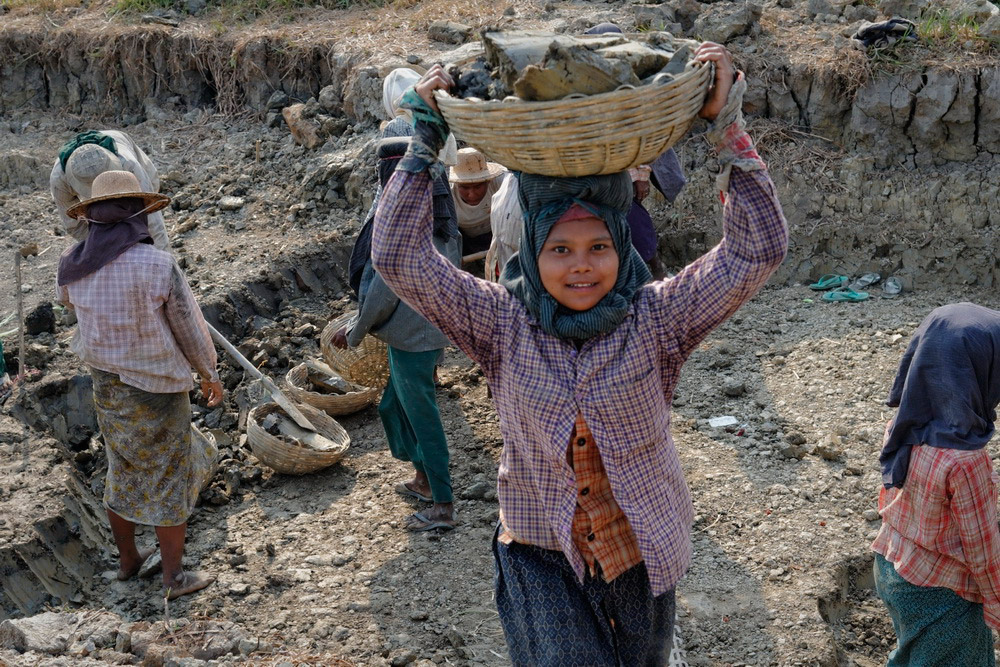


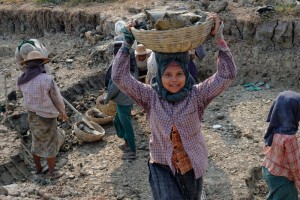

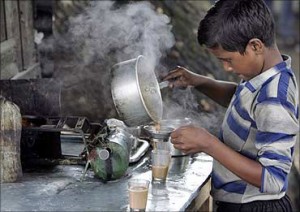
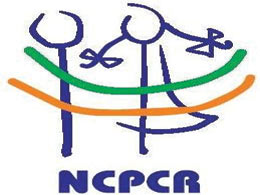
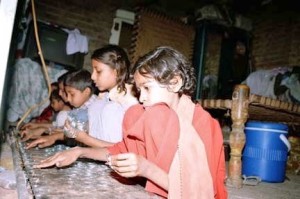





 Allow notifications
Allow notifications



